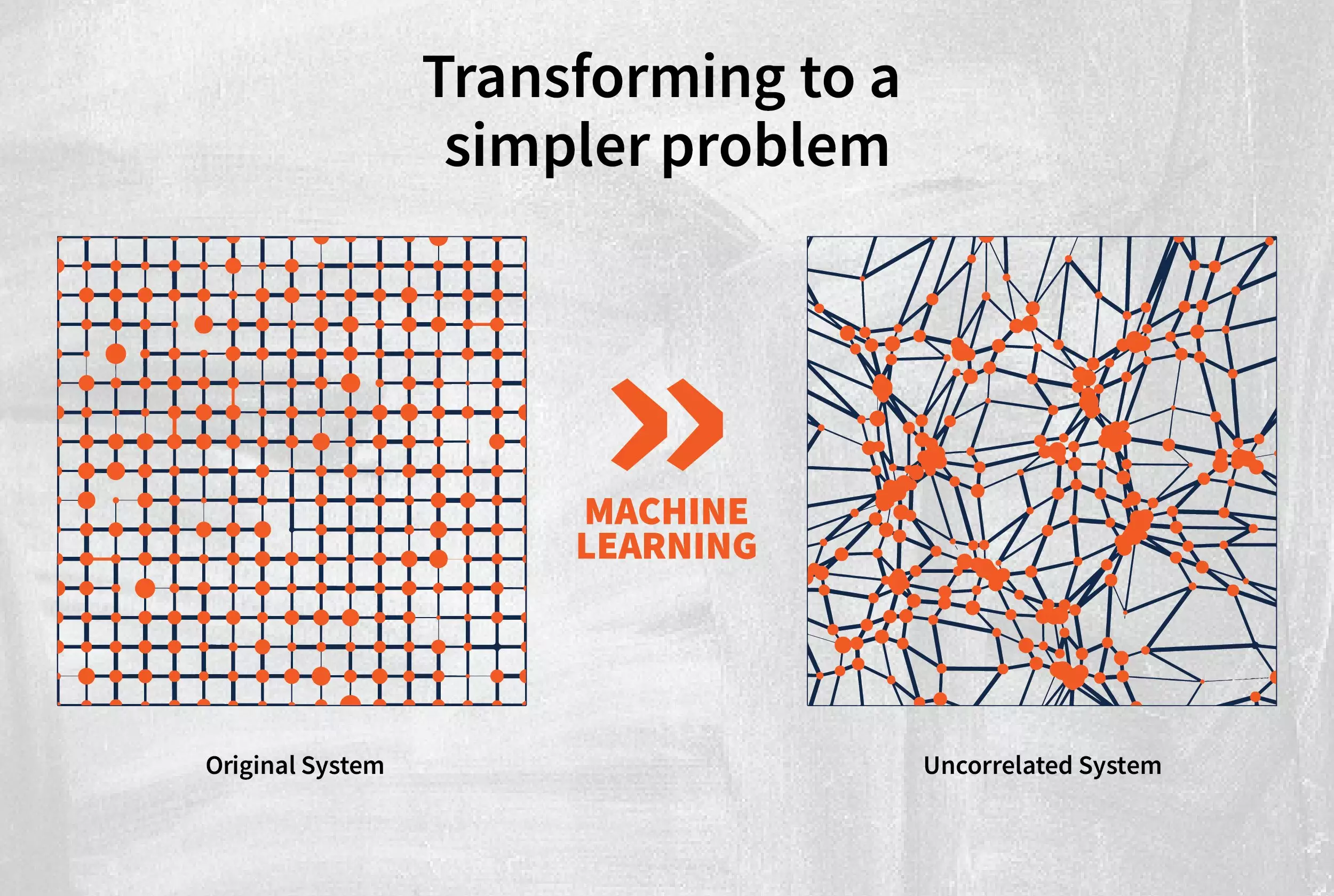Researchers at the University of Illinois Urbana-Champaign have introduced a groundbreaking approach to understanding diffusion in multicomponent alloys. By breaking down diffusion into individual contributions called “kinosons” and utilizing machine learning to calculate the statistical distribution of these contributions, the team was able to model the alloy and determine its diffusivity in a much more efficient manner than traditional trajectory calculations.
Diffusion in solids plays a crucial role in various industrial processes, such as the production of steel, ion movement in batteries, and semiconductor device doping. Understanding how atoms move within a material is essential for optimizing the mechanical properties and stability of multicomponent alloys, which are composed of five different elements in equal amounts, as demonstrated in this study with manganese, cobalt, chromium, iron, and nickel.
One of the major obstacles in simulating diffusion is the requirement for long timescales to capture the random movement of atoms accurately. Traditional simulations often fall short in providing a comprehensive picture of diffusion due to the time-consuming nature of running simulations for extended periods. This limitation restricts the application of more accurate methods for calculating transition rates and hinders in-depth studies of diffusion processes.
The concept of kinosons, which represent individual atomic jumps contributing to diffusion, revolutionizes the approach to modeling diffusion in multicomponent alloys. By capturing the distribution of these atomic movements and summing them up to calculate diffusivity, researchers can gain insights into how different elements diffuse in a solid. This novel perspective eliminates the complexities of correlated jumps, making the diffusion problem more straightforward and easier to solve.
Machine learning plays a crucial role in transforming the diffusion modeling process by removing the challenges associated with correlated jumps. By leveraging machine learning algorithms, researchers can streamline the calculation of diffusivity and accelerate simulations by up to 100 times compared to traditional methods. This innovative approach not only enhances the efficiency of modeling diffusion but also paves the way for a paradigm shift in how diffusion is studied and understood.
The introduction of kinosons and machine learning in modeling diffusion represents a significant advancement in materials science research. As this approach continues to evolve and gain traction within the scientific community, it is poised to redefine the standard methods for studying diffusion processes in solids. By offering a faster, more accurate, and more insightful way to analyze diffusion, this revolutionary technique holds the potential to transform the way researchers perceive and investigate diffusion phenomena in the coming years.


Leave a Reply
You must be logged in to post a comment.